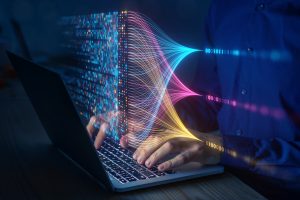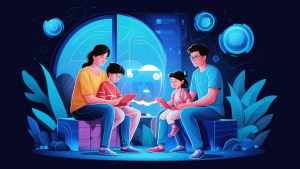Blog

Generative AI’s Influence on Robotics
Robots are getting a massive upgrade thanks to the rise of generative AI. This cutting-edge technology is giving our mechanical friends unprecedented smarts – allowing them to see, learn, adapt,

Unleashing the Revolutionary Impact of Generative AI in Gaming Industry
Gamers, brace yourselves! The gaming landscape is undergoing a monumental shift with generative AI, a groundbreaking technology revolutionizing every facet from world-building and character development to narrative depth. Generative AI

Deep Dive into Neural Networks: The Backbone of Generative AI
Introduction to Neural Networks and Generative AI Neural networks are pivotal in the field of machine learning and artificial intelligence, inspired by the architecture and functionality of the human brain.

Tips for Parents to Support and Encourage Kids’ Exploration of Artificial Intelligence
In today’s rapidly evolving digital age, AI for kids is no longer a futuristic concept but a reality that is shaping our world in profound ways. As parents, it’s essential

What Happens if We Don’t Teach the Application of Generative AI to Our Children?
Teaching children about algorithms and data in generative AI is crucial for fostering digital literacy and computational thinking skills from an early age. By introducing concepts like algorithms, data structures,

Why Should Schools Take the Lead in Using and Teaching Generative AI?
Generative AI focuses on creating new data or content rather than simply analyzing existing information or making predictions based on patterns. Unlike traditional AI, which primarily relies on predefined rules
